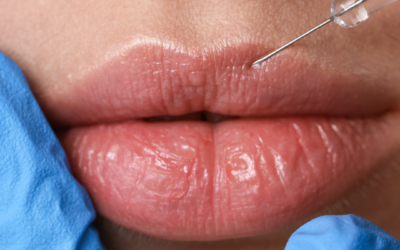
Many of you may have heard the term shingles, but might not actually know what it is. Let’s start out by reliving our childhood. Remember when you had chicken pox? A good way to define shingles is that it’s the ghost of chicken pox past. It’s a viral infection that stays behind after chicken pox, lying dormant in your nerve tissue. Shingles occurs when the varicella-zoster virus (the same one that causes chicken pox) reactivates itself. Here are five important facts you need to know about shingles:
1. On average, 1 in 3 people will develop shingles during their lifetime
According to the Center for Disease Control, an estimated one million cases of shingles occur each year in the United States. Anyone who’s ever had chicken pox is susceptible, but as we age our risk for shingles increases. Approximately half of the shingles cases occur after 60 years of age. Also, if you have a compromised immune system or are taking medications that suppress the immune system, you are at a greater risk of shingles. According to Dr. Victoria Negrete, board-certified dermatologist with Forefront Dermatology, “what triggers the shingles virus to reactivate is a mystery, but it is important to realize that any condition that impacts your immune system will increase that chance of reactivation.”
2. Shingles is apparent and painful
Shingles often starts with flu-like symptoms combined with a pain or tenderness. When the virus reactivates, it travels your nerves and develops into a painful, itchy, blistery rash in the area of skin around that particular nerve. The rash can wrap around the left or right side of your body, but can also appear on your face. Because the virus travels along your nerves, the pain associated with shingles can be mild to severe. People affected by shingles commonly refer to it as shooting pains or sensations that feel like your skin is ‘crawling’.
3. Shingles is not contagious, but…
If you are someone who never had chicken pox then it is technically possible for someone with shingles to spread it to you. Because the virus is the same as chicken pox, and chicken pox is highly contagious, your risk is higher. Studies have shown though that 99 percent of Americans had chickenpox in their youth, making the likelihood of spreading minimal.
4. Shingles has no cure
Just like the virus becomes dormant after chicken pox, the virus again goes dormant after shingles. Dr. Negrete states, “You can never eliminate this virus from your body. Although it is uncommon, there is always a chance you could get shingles more than once.”
5. There is a vaccine
Introduced in 2006, a vaccine known as Zostavax® was developed and FDA approved for use in the United States. Studies have shown that the vaccine reduces the risk of developing shingles by 51 percent. The vaccine is recommended for adults 60 years and older and lasts about 5 years. Even if you already developed shingles, it is suggested to receive the vaccine to help prevent any future occurrences.
Be Proactive
The reality of shingles is that the chance is always there, but the best prevention is maintaining a healthy immune system. Getting a good night’s sleep, eating a healthy, balanced diet and managing stress will all help in the prevention of shingles.
If you’re worried that you may have shingles, the skin health experts at Forefront Dermatology are ready to help. To find the Forefront dermatologist nearest you, visit the locations page today.





